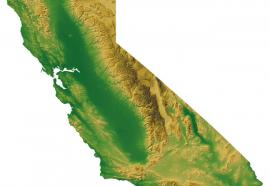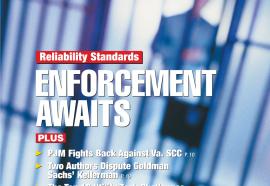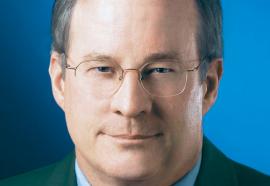Demand Response: The Missing Link
Everyone is in favor of more demand response, but little gets delivered when system operators need it the most.
Despite overwhelming theoretical and empirical evidence, we aren’t seeing more DR when it is needed most—during emergency periods. The reasons boil down to two obstacles, both of which must be addressed before widespread DR implementation can move forward.











